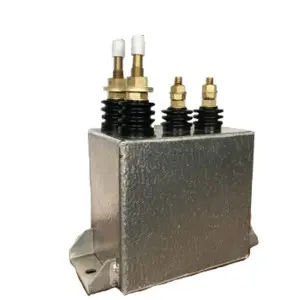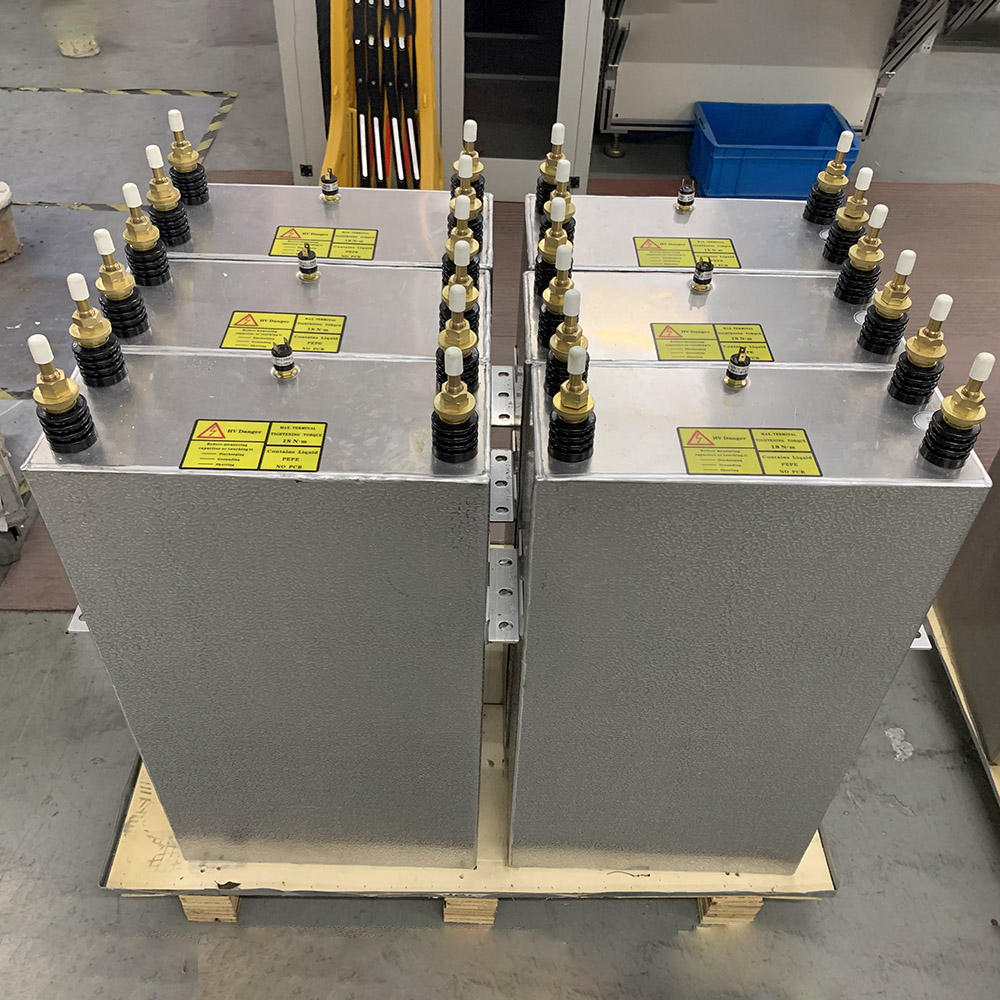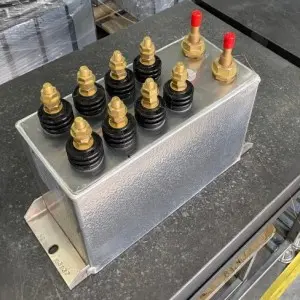Capacitors are essential components in electronic circuits, storing electrical energy and providing power to devices. However, capacitors generate heat during operation, which can damage their performance and lifespan. One popular method of cooling capacitors is water cooling, which involves circulating water around the capacitors to dissipate heat. Here, we explore the different methods of water cooling capacitors.
The first method of water cooling capacitors is passive water cooling. Passive water cooling involves routing the water around the capacitors using piping or tubing, allowing the heat generated by the capacitors to be dissipated into the water. This method is simple and cost-effective, but it may not be sufficient for high-power capacitors or in compact electronic devices.
Another method of water cooling capacitors is active water cooling. Active water cooling involves using a pump or fan to circulate the water around the capacitors, transferring heat away from the capacitors and dissipating it into a heat exchanger or radiator. This method provides higher heat dissipation capabilities than passive water cooling and is particularly suitable for high-power capacitors and compact electronic devices.
Active Water Cooling Benefits
Active water cooling provides several benefits over passive water cooling:
Improved heat dissipation: Active water cooling uses a pump or fan to circulate the water, transferring heat away from the capacitors faster and dissipating it into a heat exchanger or radiator. This allows for greater heat dissipation capabilities than passive water cooling.
Efficient heat transfer: The active circulation of water around the capacitors ensures that there is good contact between the water and the capacitor surfaces, resulting in efficient heat transfer.
Compact design: Active water cooling systems can be designed to be more compact than passive water cooling systems, as they do not rely solely on natural convection to circulate the water. This makes them suitable for use in compact electronic devices.
Customizable solution: Active water cooling systems can be designed to meet specific cooling requirements, allowing for customization of the system to fit different applications and capacitor configurations.
In conclusion, water cooling capacitors is an effective method of maintaining their optimal performance and longevity. The selection of the cooling method depends on the specific application and the amount of heat generated by the capacitors. Passive water cooling is suitable for low-power and non-compact devices, while active water cooling provides greater heat dissipation capabilities for high-power capacitors and compact electronic devices. Additional cooling methods such as heat sinks, phase change materials (PCMs), and thermally conductive greases or pads can be used in conjunction with passive or active water cooling to further enhance heat dissipation capabilities.
Post time: Oct-09-2023




